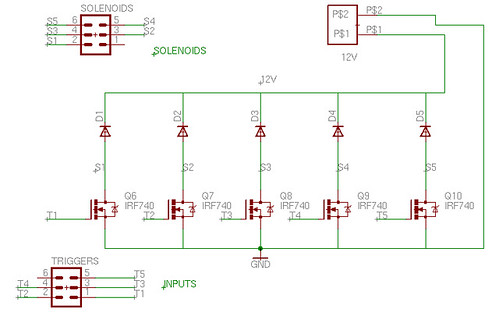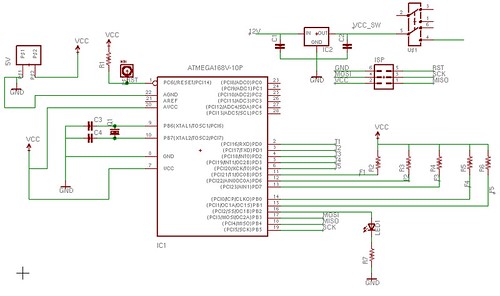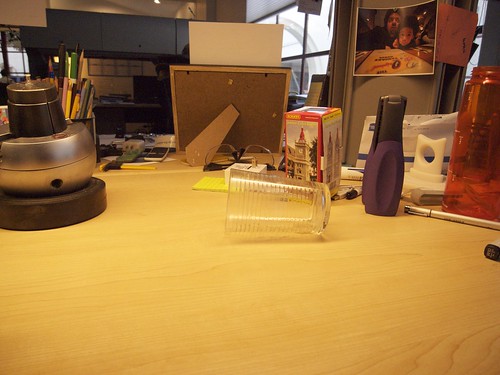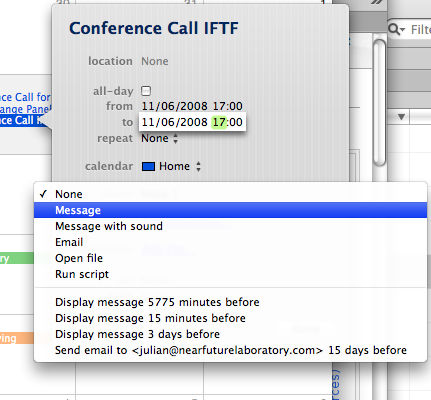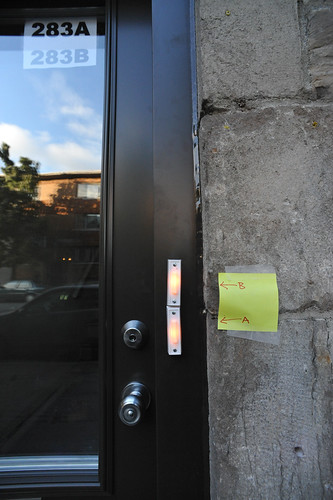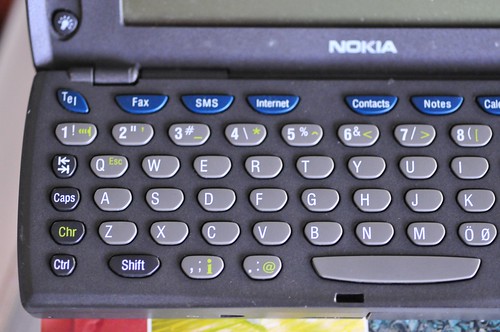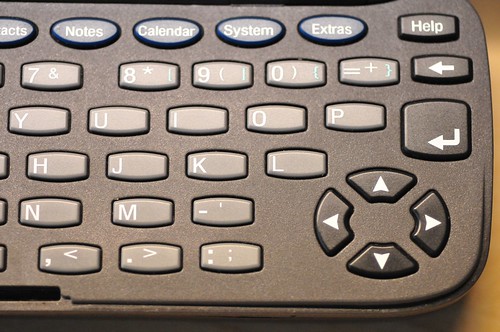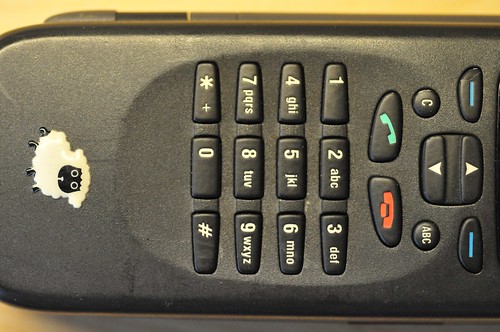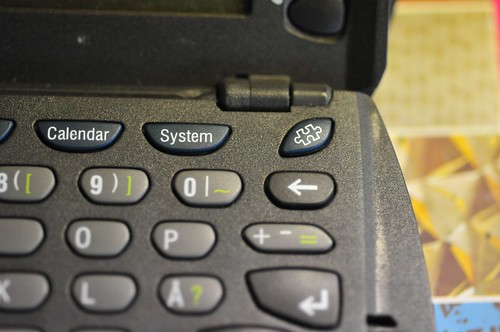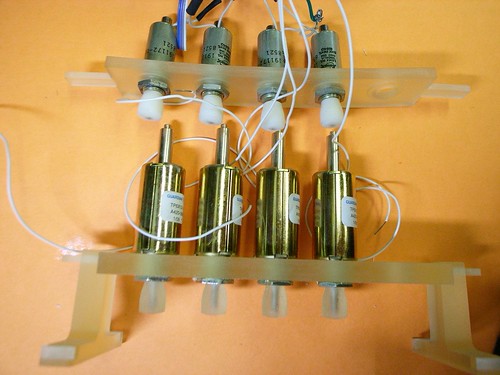
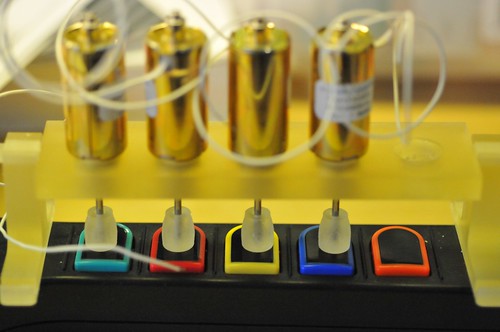
Not knowing a heck of a lot about solenoids in practice — I know what they do, and, as an example of the sometimes impracticality of higher-ed, am fairly fluent in the E&M principles at work here. But, when it comes to the practical matter of finding one with the necessary “umph” to articulate a simple controller’s buttons, it’s all guess work.
(Parenthetically, this mechanism is a subcomponent of a larger project called “Air Guitar Hero” which uses a remote glove controller to articulate the solenoids here. Yes. It makes no practical sense. It points to “something” as an experiment, if nothing more than to learn a few things about controlling solenoids and such all. But, mostly it is a design provocation. That’d be the easiest way of describing this whole thing, for those who have asked.)
The first solenoids I used were the smallish ones on top, bought at close-out prices from Electronics Goldmine for about $2 a piece. They couldn’t push the button completely, nor with the surety of purpose the design demanded. They would actuate, but not push the button closed. The best they could do was kind of rattling things around a bit.
Not really knowing precisely how to “engineer” a solution (probably something about determining the closing force of the switch and back-stepping to an appropriate solenoid), I just bought a few different sizes. The first one to arrive was enormous and, had I been a bit more careful, I would’ve realized that the centerline to centerline spacing of a row of four of these would’ve been wider than the center to center distance between the Guitar Hero buttons. Poppa Bear is a Guardian Electric TP12X19-I-24D, push style solenoid, runs at 24 volts. Way too big. So..that one is now a paperweight on my desk.
(Here’s a link to Guardian Electric that has specifications on their other tubular push/pull solenoids.)
The other two were closer, and I ended up using the “Momma Bear” solenoid — a Guardian Electric TP6X12-I-24D, also push style, with a load force of 18-0.06/2.5-0.75 Ounce-Inch. The data sheet is here.
I’m running all of these at 12 volts, which makes them less umph-y, but sufficient for what I’m doing. The solenoids have more push force at the low end of teir travel, so I designed the little supporting bridge there to hold the articulating shaft right on top of the controller button so that most of the force would be committed to pushing the button and not traveling through space.
Speaking of scale, on the left there is the breadboard prototype circuit to drive five solenoids. The right is the PCB with the same circuit (minus a bunch of Arduino icing, just a plain vanilla Atmega168 and crystal). Scaled down, the circuit is much easier to manage and cart around than the relatively fragile breadboard edition, especially cause I’m using janky, untrimmed jumpers to make connections and so forth.
For the curious, here’s the circuit’s schematic and the PCB layout pictures.
